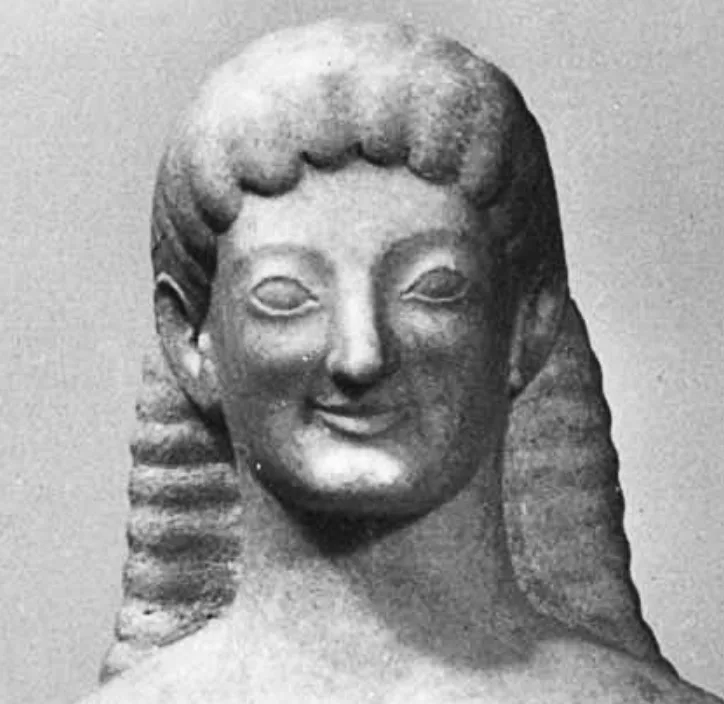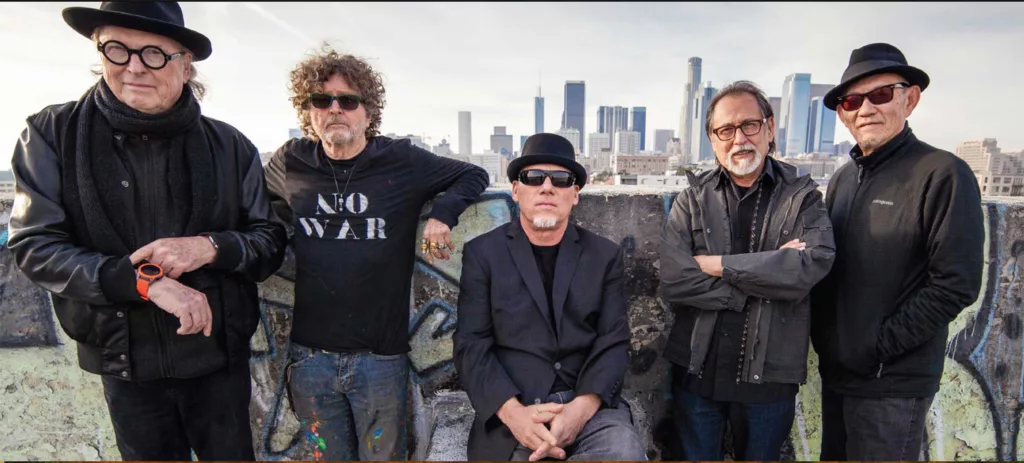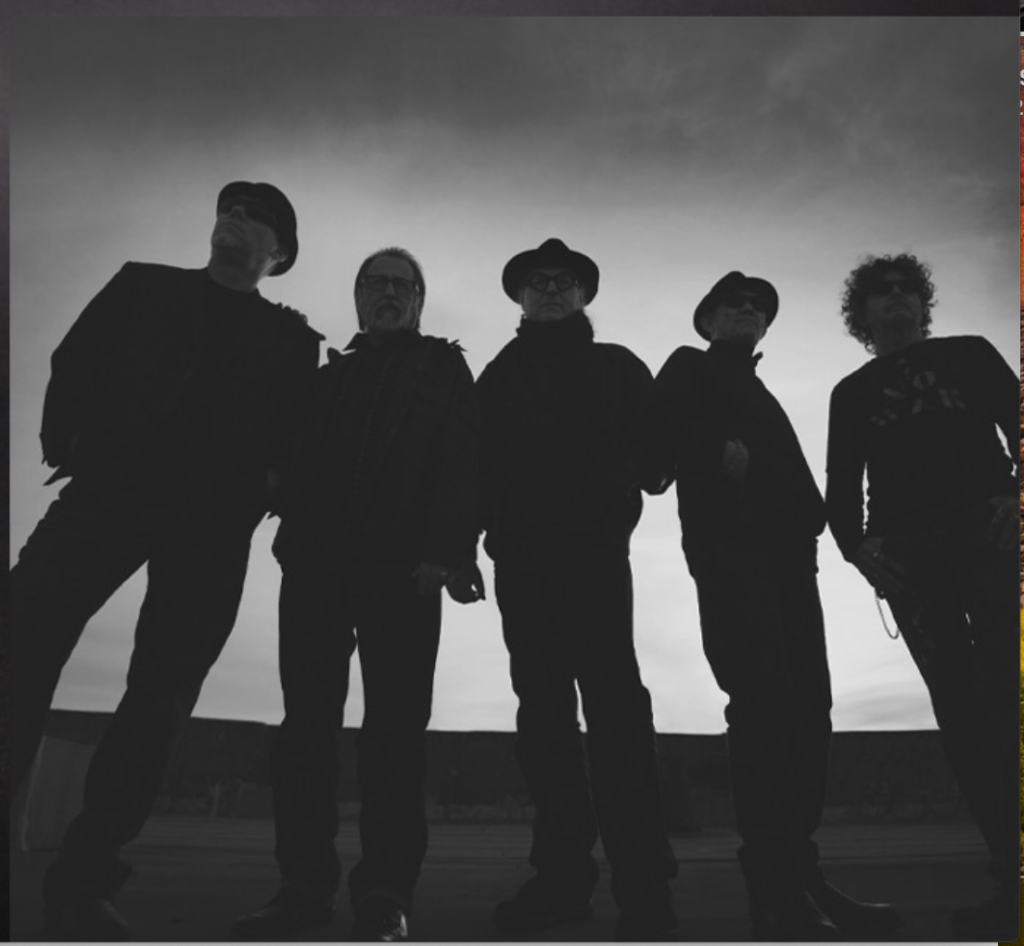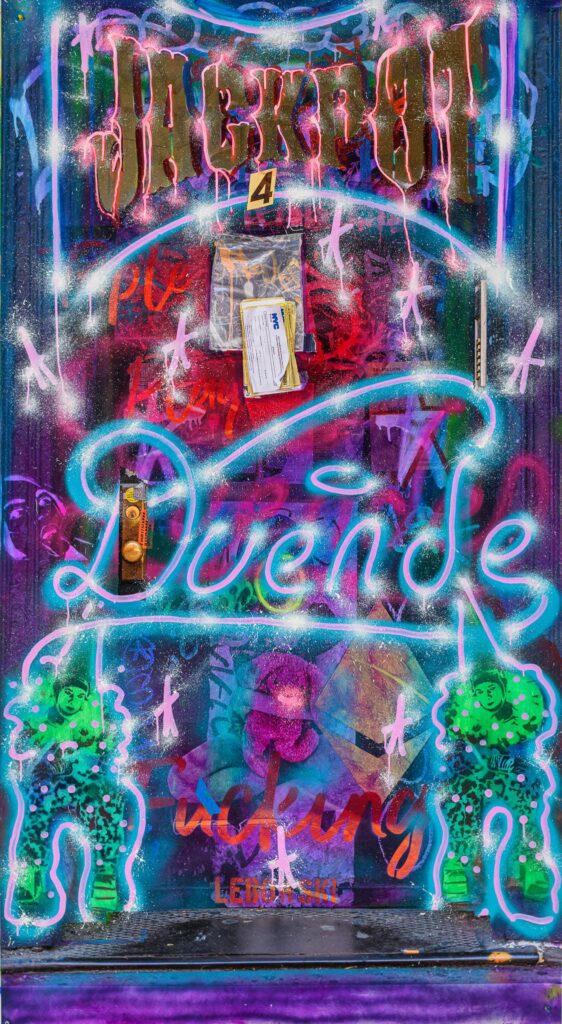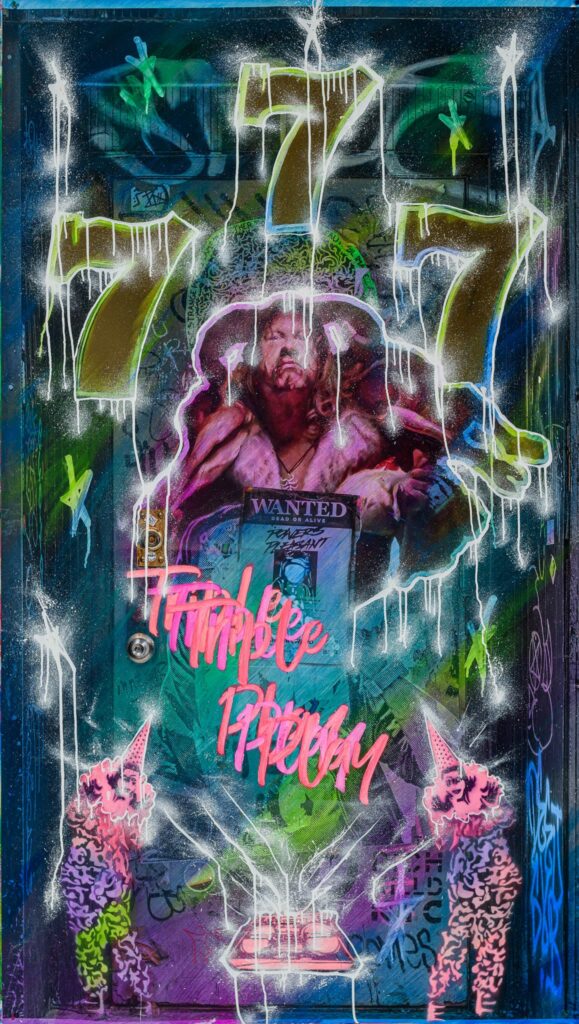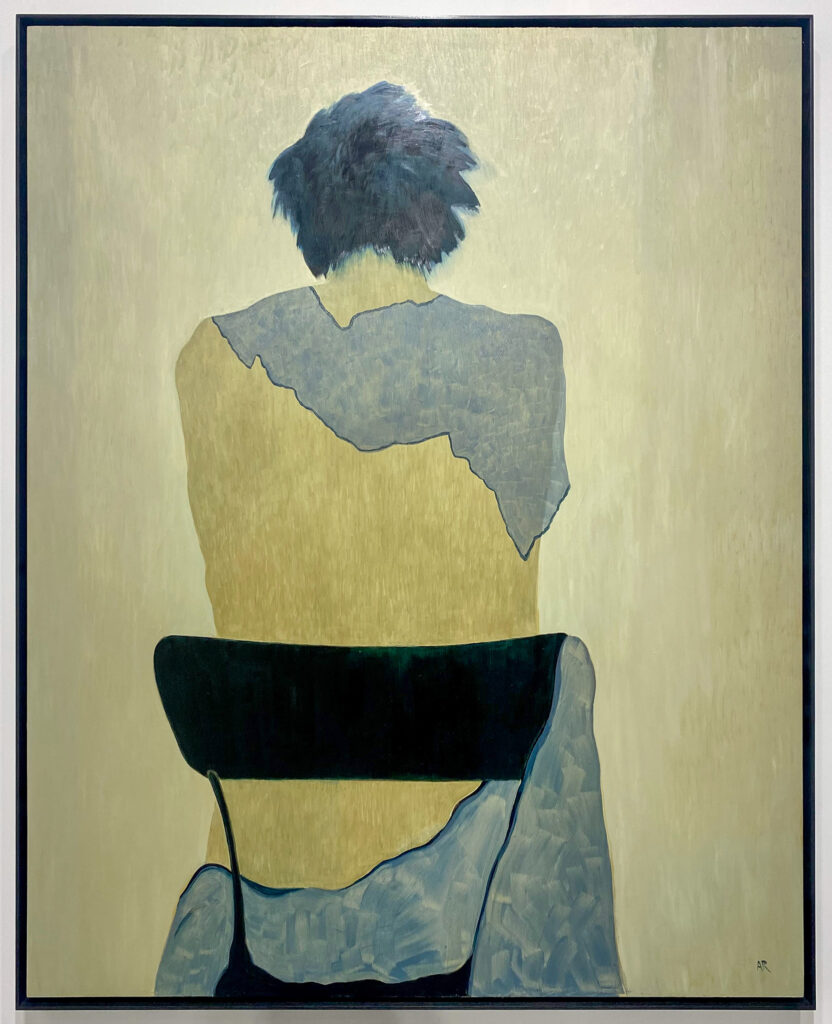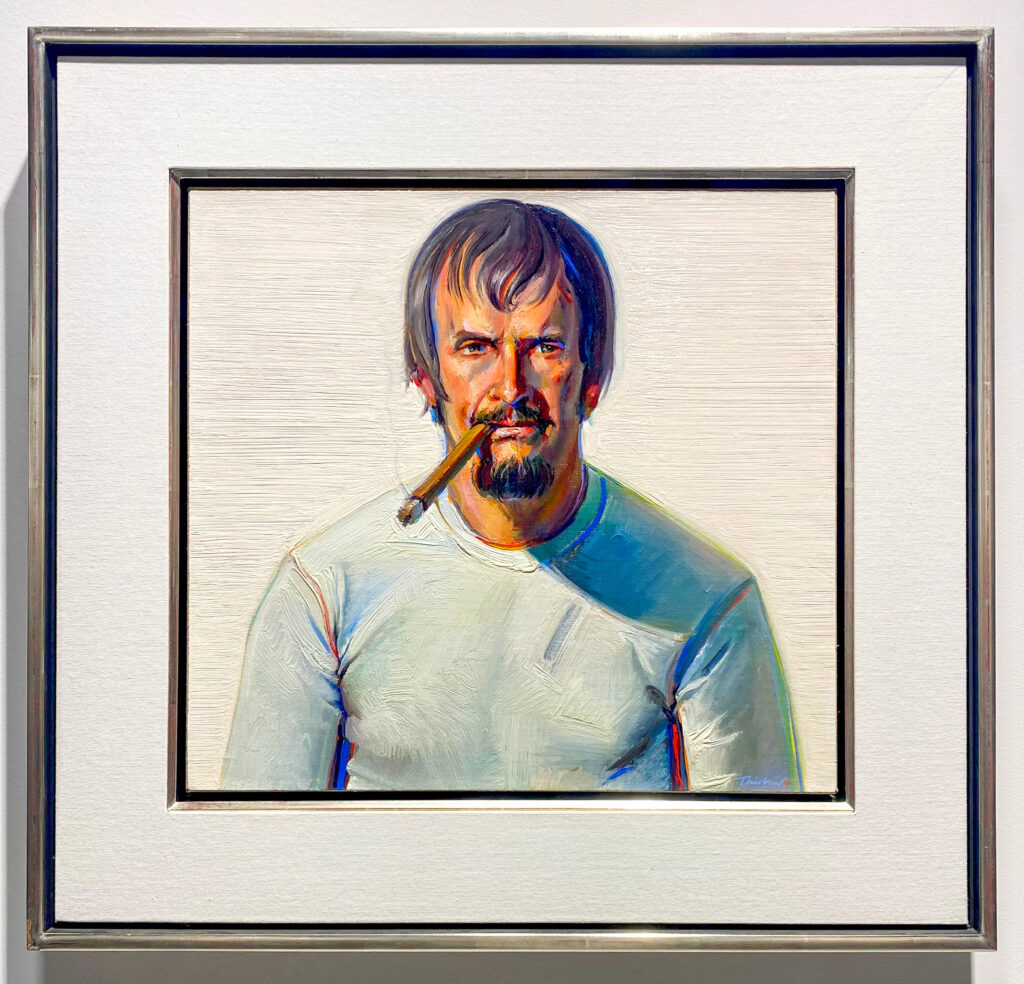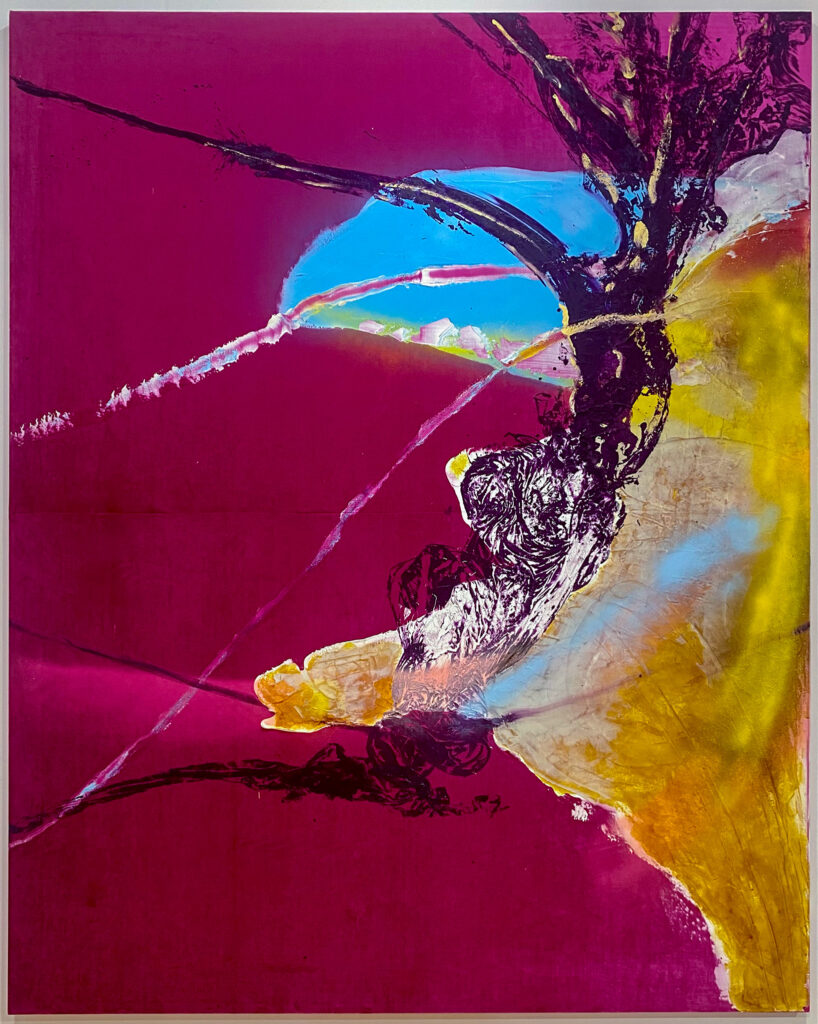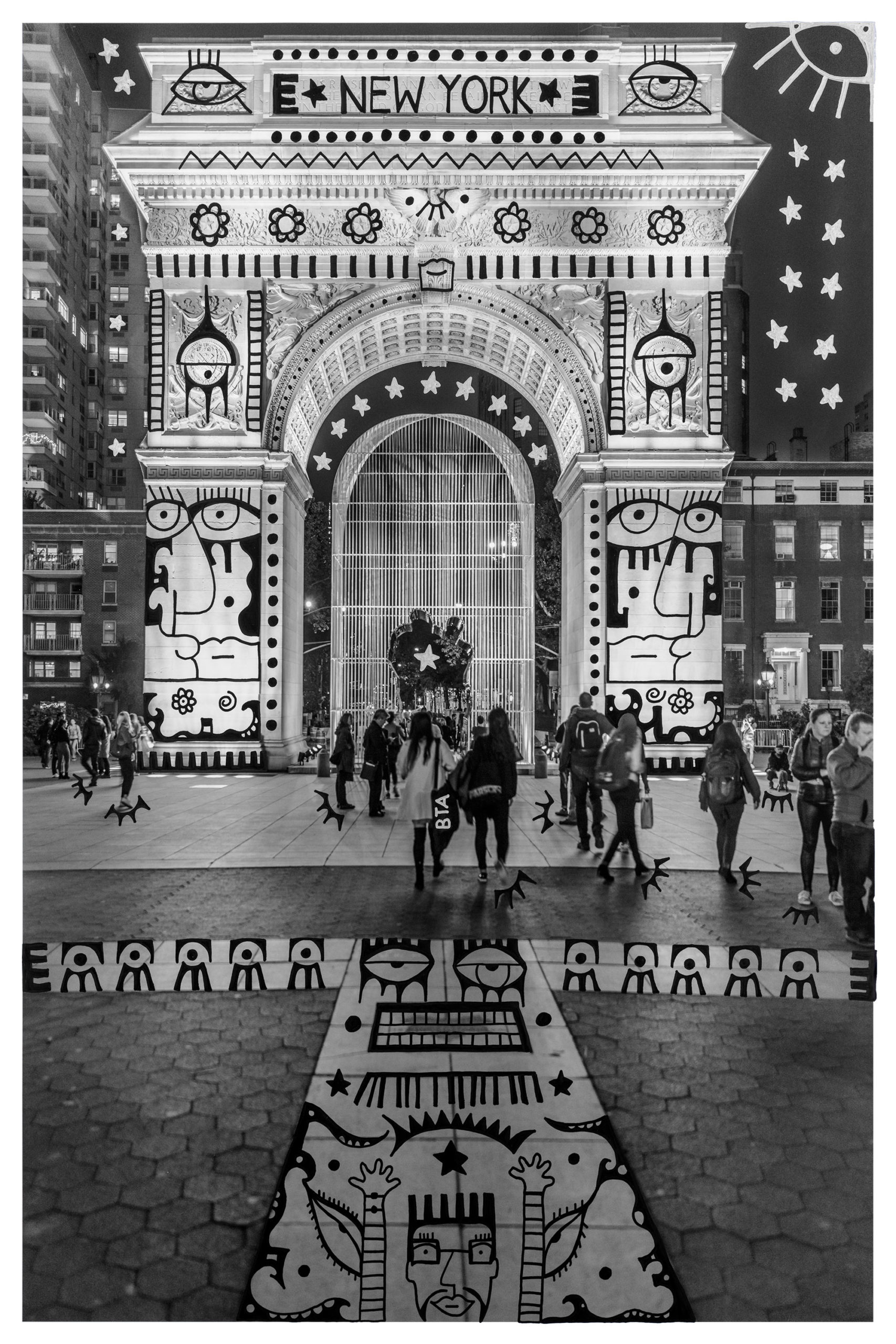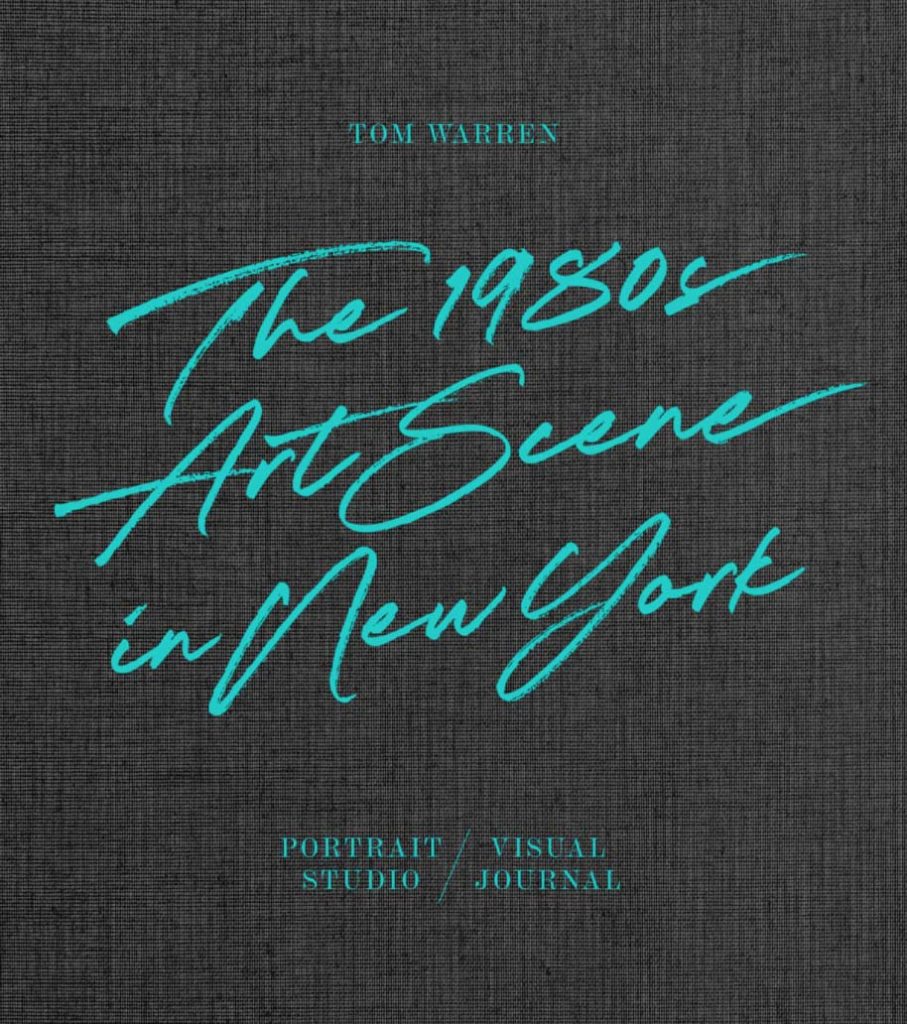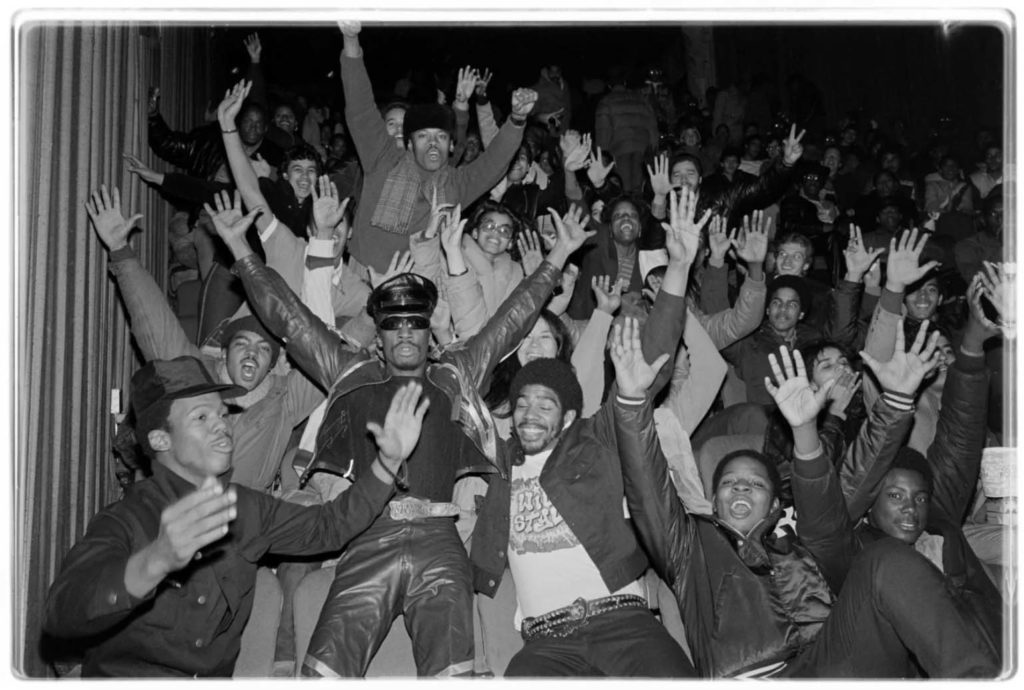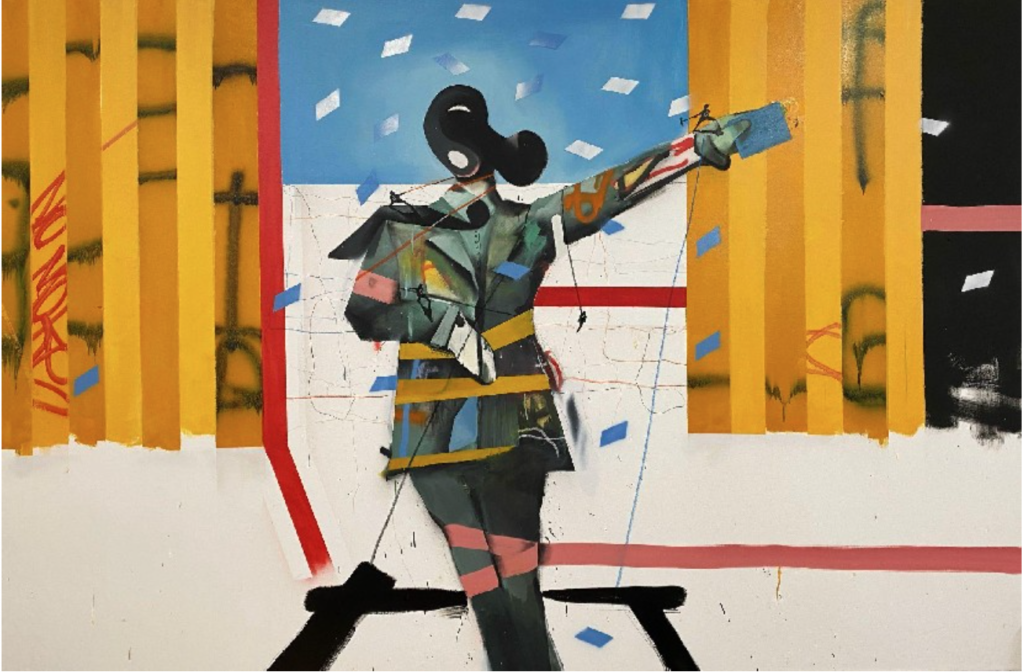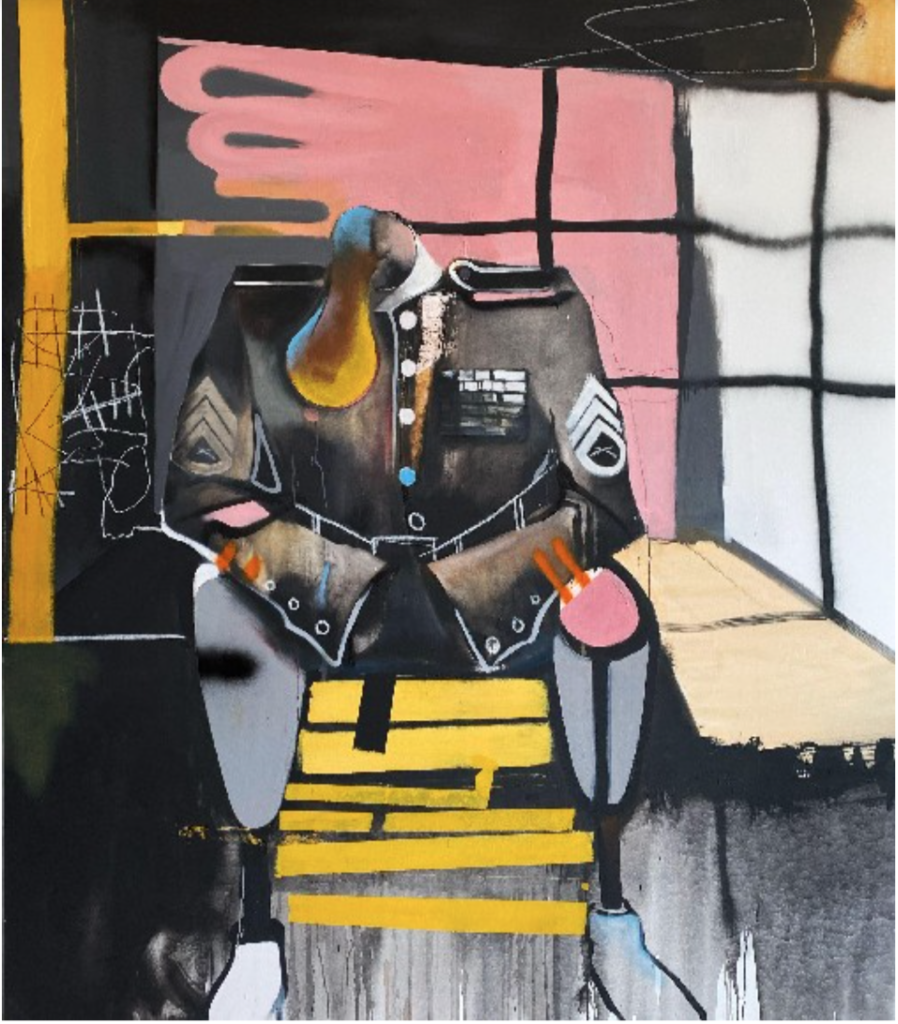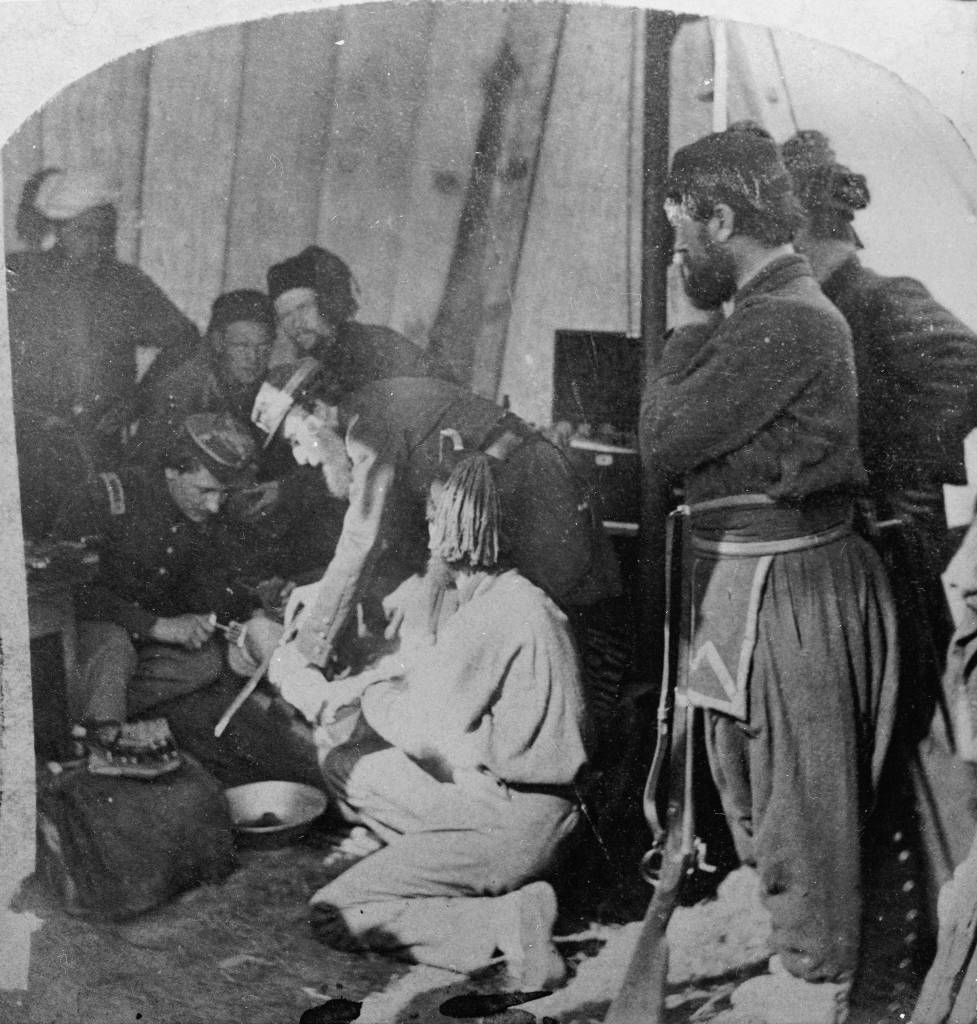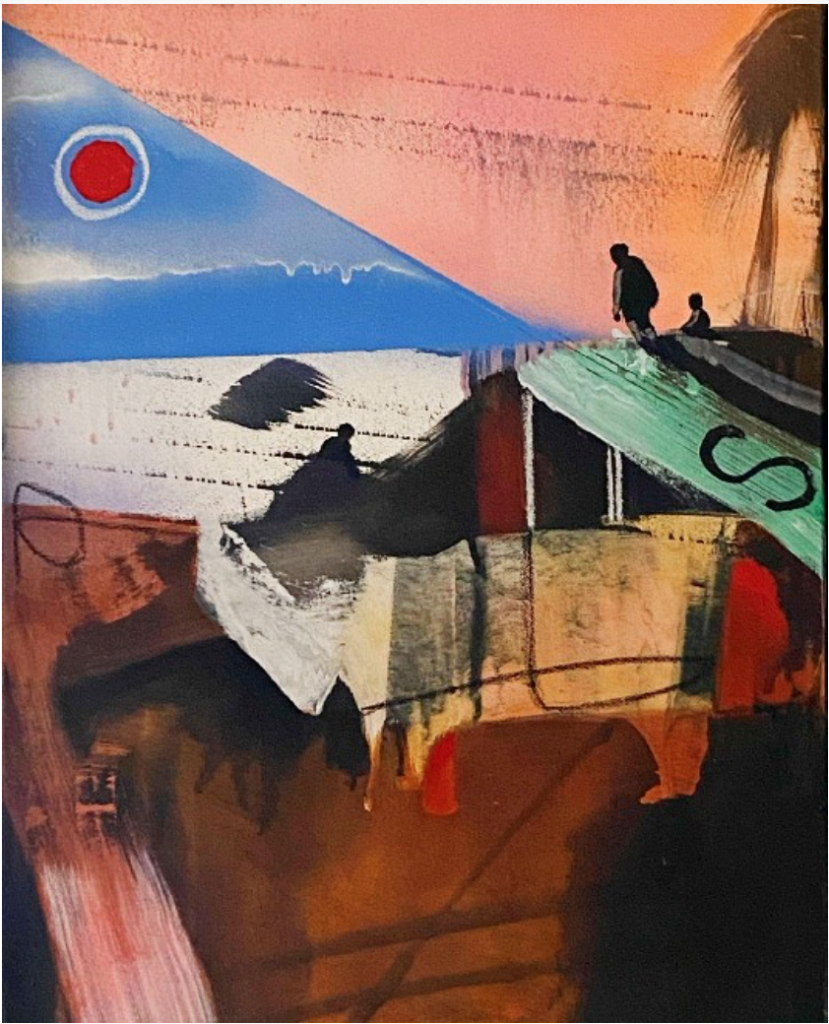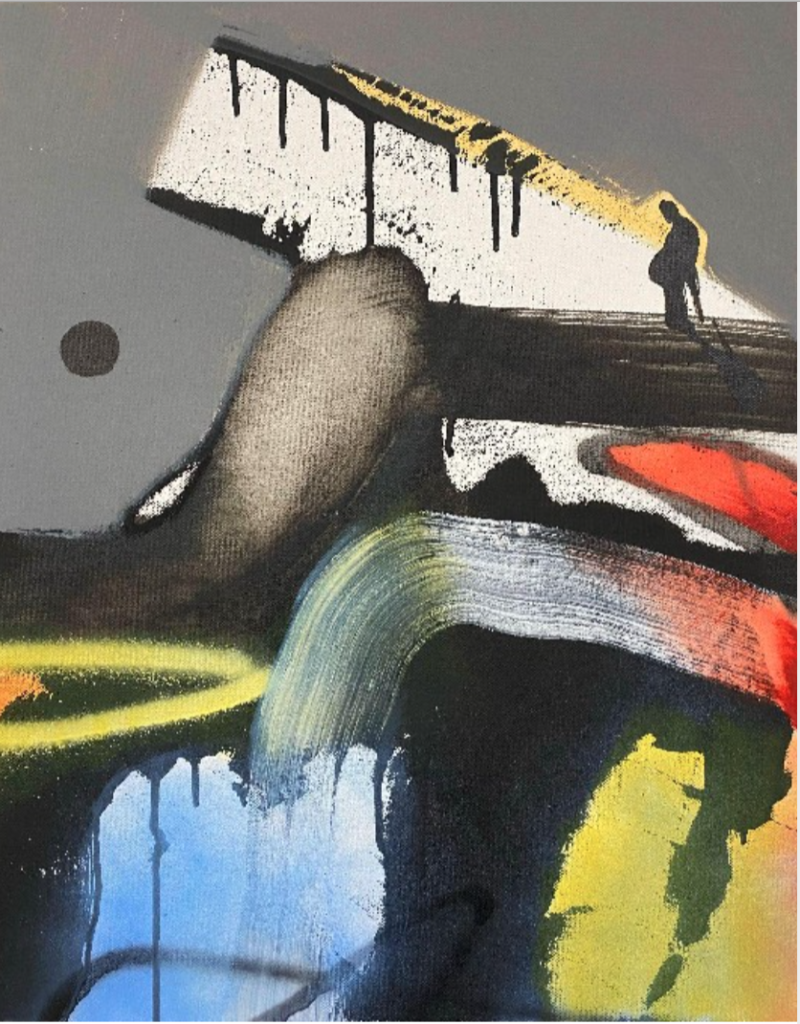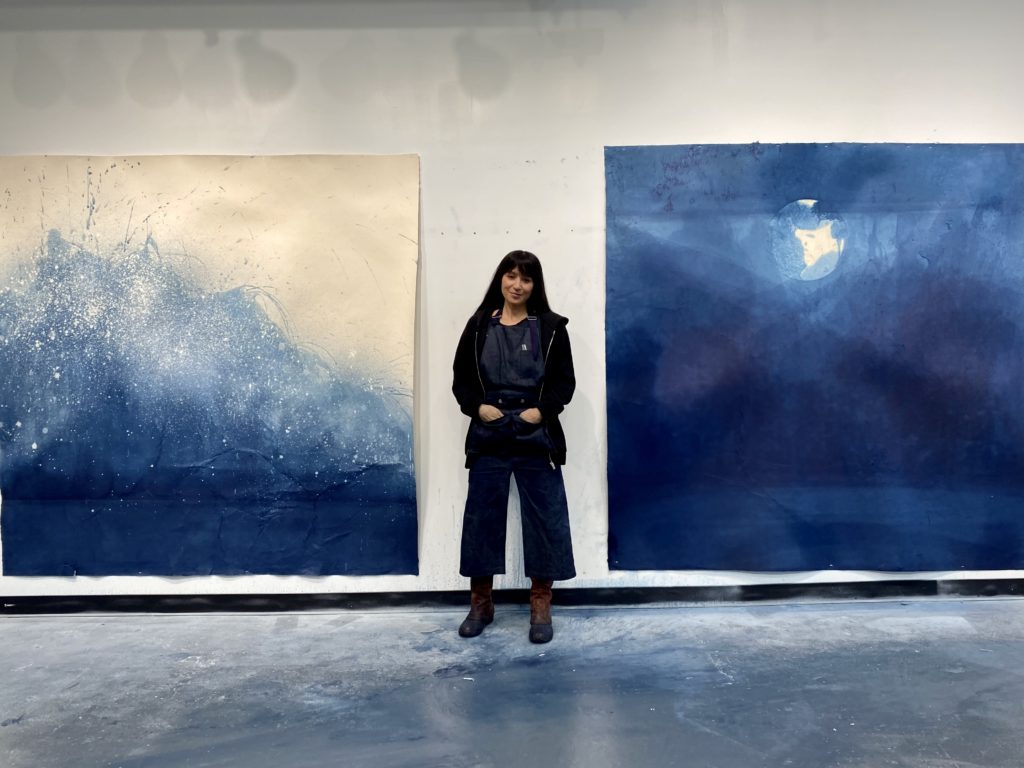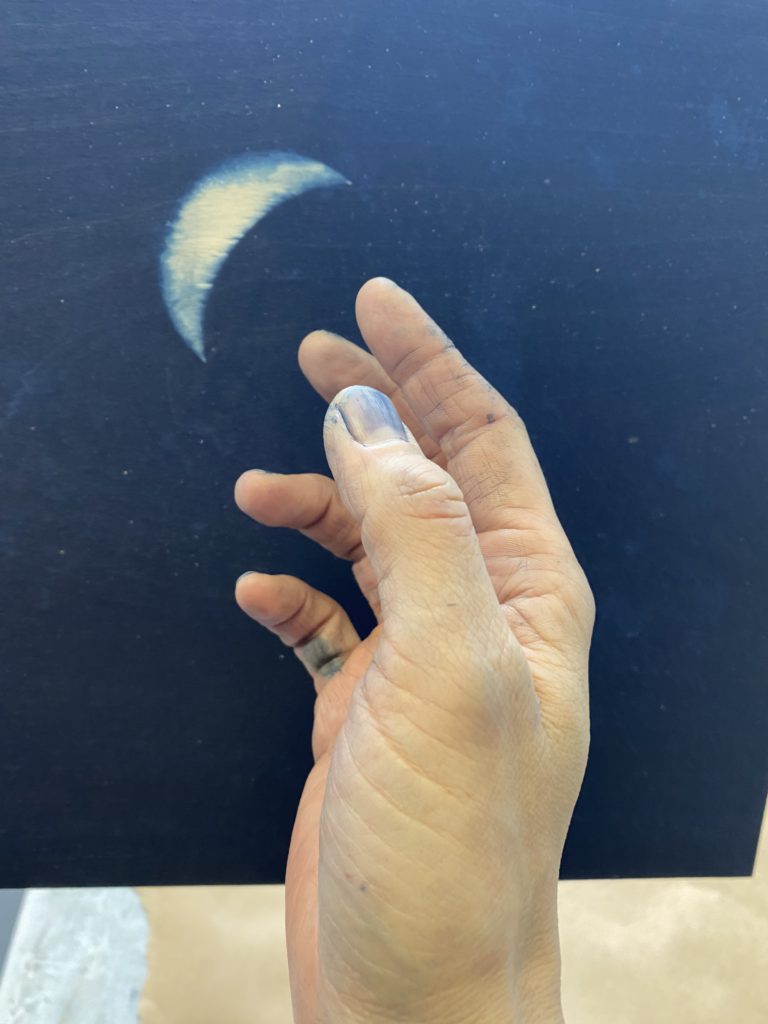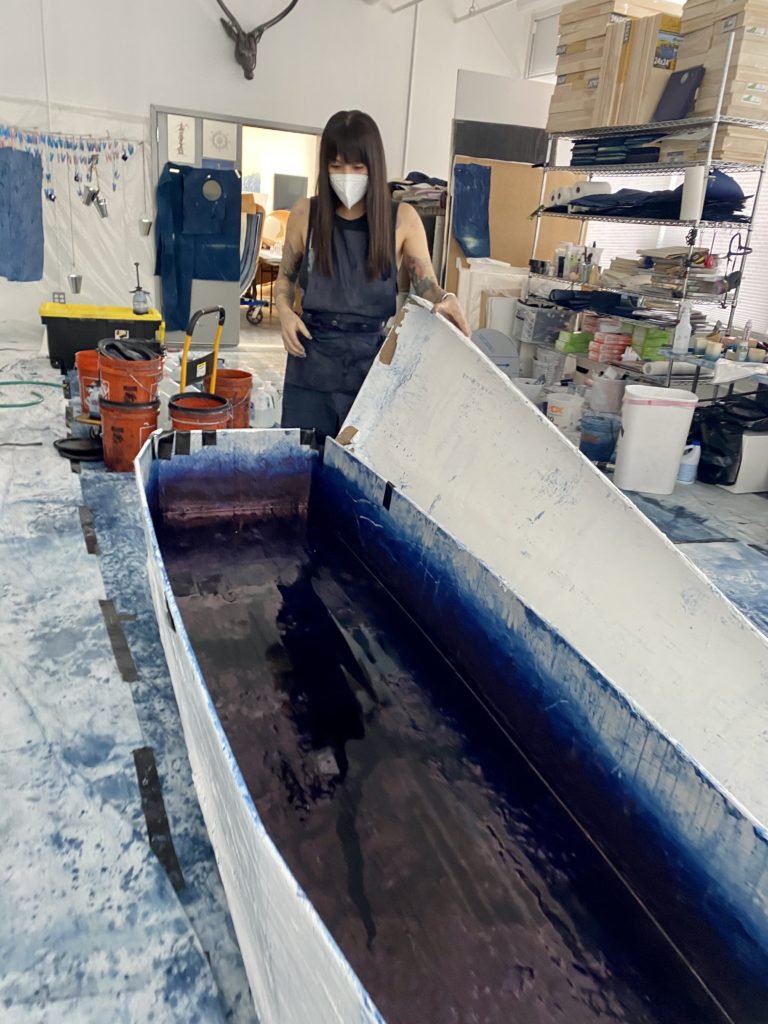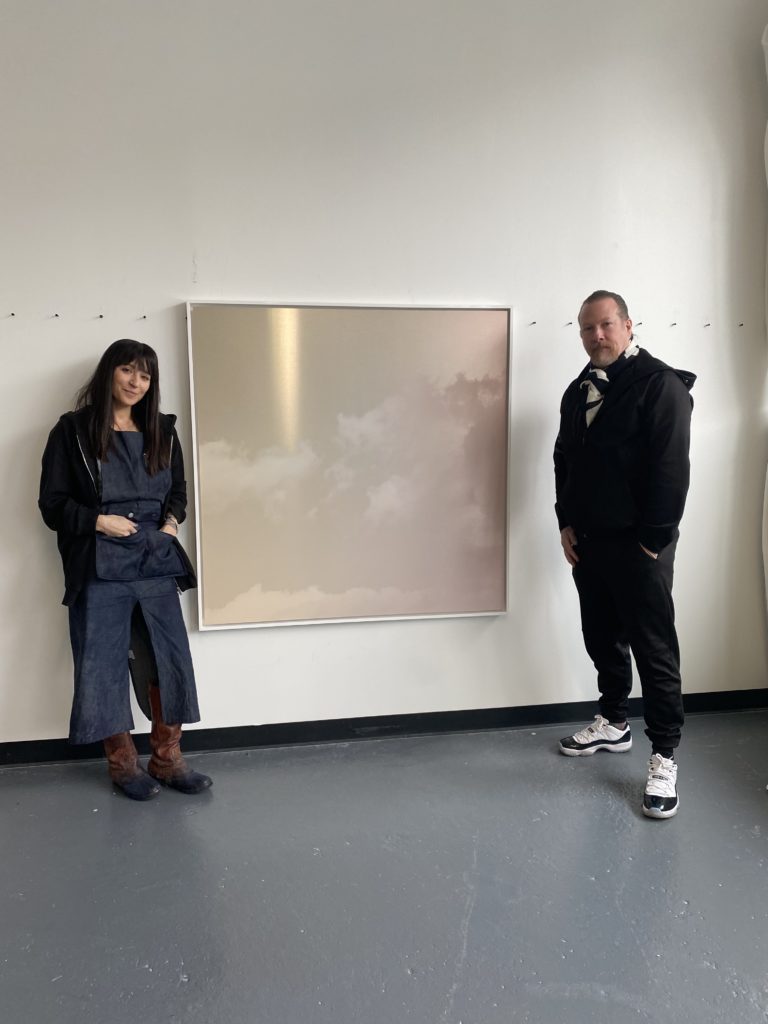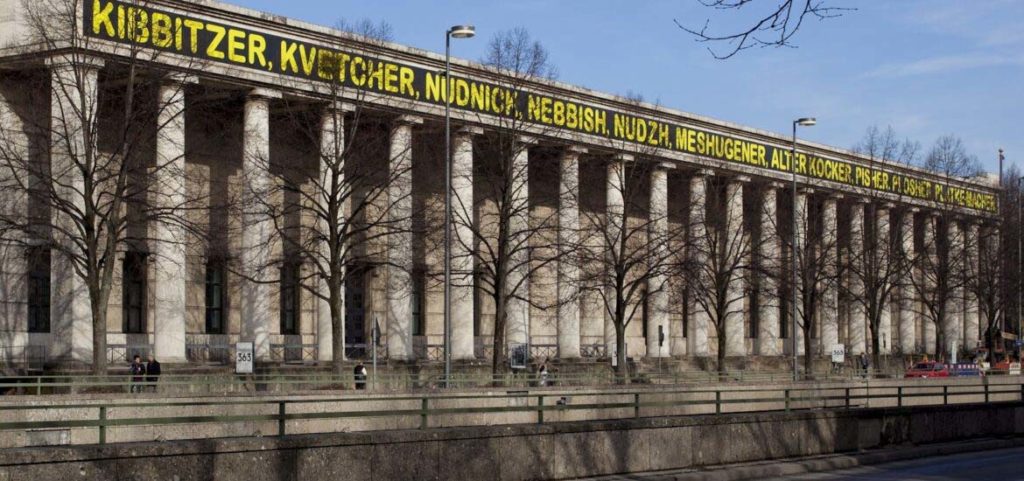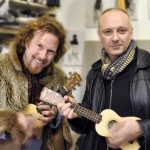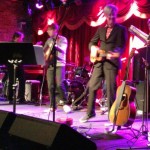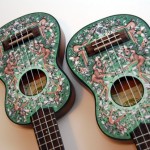A Freak ‘On The Road’ To ‘IT’
A Critique of Freaks (the latest art) by Richard Prince
freak:
- a very unusual and unexpected event or situation
- a person, animal, or plant with an unusual physical abnormality.
- a person who is obsessed with or unusually enthusiastic about a specified interest.
“I woke up as the sun was reddening; and that was the one distinct time in my life, the strangest moment of all, when I didn't know who I was - I was far away from home, haunted and tired with travel, in a cheap hotel room I'd never seen, hearing the hiss of steam outside, and the creak of the old wood of the hotel, and footsteps upstairs, and all the sad sounds, and I looked at the cracked high ceiling and really didn't know who I was for about fifteen strange seconds. I wasn't scared; I was just somebody else, some stranger, and my whole life was a haunted life, the life of a ghost.”
― Jack Kerouac, On the Road
Until December 23, 2023 — Nahmad Contemporary
It is no secret that Mr. Prince has what one might describe as a freakish fixation, a true passion for Kerouac’s Beat Generation defining tome, owning multiple rare and signed copies of the book that influenced the likes of Hunter S. Thompson, Jim Morrison, and David Bowie. What magic serum exists in this book that made countless spirited individuals—freaks all, yet some of the most brilliant minds of our time—take to the road or to their dreams of reaching for the impossible after reading it? As the Culture Critic Meghan O’Rourke succinctly wrote in Slate about On The Road, it is “a book about death and the search for something meaningful to hold on to—the famous search for ‘IT,’ a truth larger than the self.”
And herein lies the contextual, comparative-analysis starting line to Richard Prince and Jack Kerouac’s On the Road: Freaks is Prince’s search for something deeper, more meaningful, more truthful and more uniquely, and entirely Richard Prince. Freaks, according to the gallery, are the first works created since 1972 where Prince eschews his lifelong modus operandi of appropriation, of mining through the works of others. As a consequence, per the gallery, these are ‘the artist’s most personal works to date.’ A powerful and enticing statement that induces further inquiry.
The Kerouac/On The Road connection to Freaks wasn’t visually apparent at first but rather unraveled—maybe a meta-homage to the original scroll manuscript of On The Road. The more time spent observing and experiencing the new paintings the more mysterious they appeared, the more alluring they became. Like the pull of the road for Sal Paradise.
While the paintings are the star, the show consists of about eighty ballpoint pen drawings on paper, variations all, of fantastical, imaginary caricatures much like and even perhaps inspired by (consciously or not) the ‘inked’ indigenous Polynesian Maori Warriors in the throes of battle cry. While fun and interesting they are mechanical, technical like the creation of a woodblock print. And while the repetitive, linear mark-making creates a tribal-folk dynamism, there’s no meat on the bones, so to speak, having little else than what exists topographically. But the sheer number of drawings and the manic attention to detail highlight what many modern-day shrinks would label a behavioral disorder bordering on the obsessive/compulsive. In Kerouac’s day, long before woke culture, this was simply called discipline and having keen attention to detail.
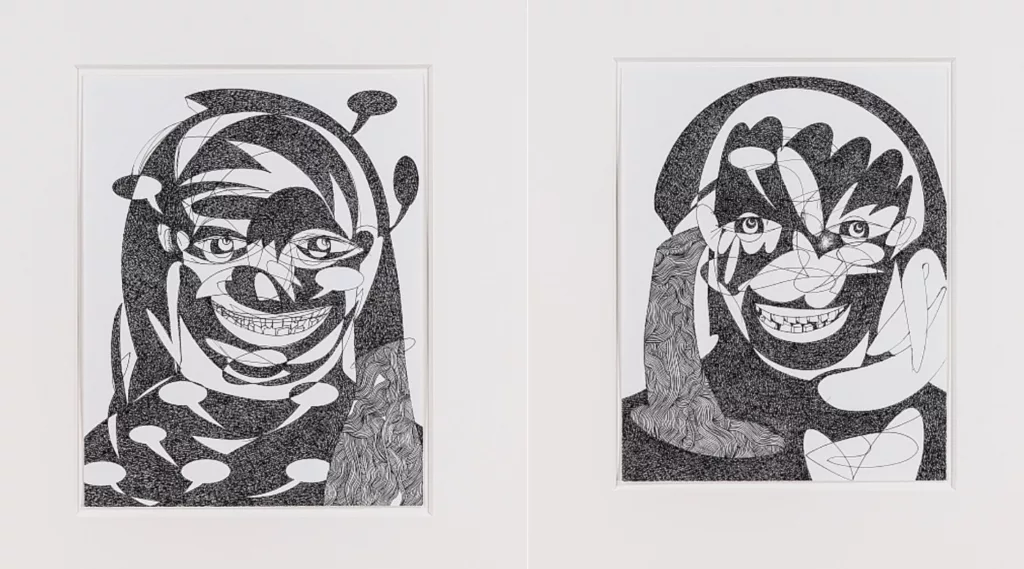
More interesting, however, is the fact that these drawings were created during COVID, a very ‘distinct time’ indeed, and done so at a rate of one per day over the summer of 2022 when normalcy and freedoms were oppressed, stifled as if forcing our mouths covered would silence them as well. Putting that nightmare behind us, we can now openly smile without a facemask at these whimsical drawings laughing and smiling at us, taunting even, and envision Mr. Prince working feverishly (as Kerouac did while writing On The Road) just to keep from going absolutely effing mad in a world turned upside down. Crazy-ass times make for crazy-ass drawings.
Turning from the drawings, we return to the coup de gras of the show, the eight paintings that elicited immediate attention from viewers upon walking into Nahmad Contemporary. Each painting depicts a solitary, defiantly stark figure standing in a manner that piqued the senses as might a lone hitch-hiker on the side of a dark road. Oddly, the paintings look nothing like the drawings, no trace of a Maori Warrior, no obsessive filling-in of empty space with oodles of lines. And where the drawings mostly depict unabashed smiles and laughter, pure and exaggerated, the smiles here are half-hidden ‘archaic smiles’ like those found on Archaic Greek statuary from the 6th century BCE and covered in part not so much by a strange hand with strange fingers but rather by a more otherworldly, obtuse, geometric shape mimicking a starfish or castle. At first glance, the figure looks as if it's picking the nose that doesn’t exist or giving the viewer a large, middle finger.
Unlike Prince’s earlier, single-figure, film noirish Nurse paintings (mouths also covered—oddly premonitory—with surgical masks) that would have made the perfect companion poster for a Hitchcock horror movie, Freaks is neither pulp nor kitsch. And on a purely technical, materiality level, they are far superior. The artist’s hand, his touch, his fingerprints—not just his idea—is evident everywhere. Even though the catalog states that oil, acrylic, oil stick and collage (for some) are used in these works, it is the pure color and nature of the oil sticks that seems to dominate the finished, painted works. Unlike when a brush is used, where there’s a stop and go motion in the paintings process because the artist has to keep dipping the brush into globs of paint set out on the palette, the oil stick is ready-made filled with pigment, like a loaded-up tank of gas, which allows for a continuous, non-stop movement and flow, and this flow is what permeates the picture’s vibrational tones. The flow here is like a jazz beat and it’s authoritative, improvisational, skating and skimming spontaneously over the entire surface, delineating the forms and shapes of the figures, and the wet-into-wet blending of color, and the color over color (the chroma is rich and lush) with background treated gesturally and only alluding to more shapes with more color which in turn amplifies the mystery while helping to convey and elevate the most startling aspect of these new works: their overwhelming sense of sadness. This was unexpected. Images of the series online (which always deceive) gave the work a silly, cartoonish appeal. The yellow pigment recalls Bart Simpson’s pigmentation and the exaggerated body parts furnish its comic look. Yet there is a discomfiting relationship between weight and the air about these single-figures, an essence truly haunting, ghostly, perplexing; Perhaps at the base of the complex of sensations exists a melancholia of the sort found throughout On The Road, which begs the question: Richard, is this you?
Freaks, we are told, began with a series of heads the artist created with ballpoint pen back in 1972 and were—according to the artist—“the first things I did that ever had any soul.” Why, then, did Prince abandon them for so long? The Press Release from Gagosian Gallery’s 2018 High Times show stated: “when Richard reached NYC he wasn’t interested in anything to do with feelings, especially his own. He wanted nothing to do with himself. He wanted to change places with someone else, even just for a day. Just to see what it would be like to be someone else.”
Kerouac’s words in the epigraph now start to rhyme: “.…and really didn’t know who I was for about fifteen strange seconds. I wasn't scared; I was just somebody else, some stranger, and my whole life was a haunted life, the life of a ghost.”
Prince was ghosting himself. He tapped into something early in his career only to avoid it for fifty years. The artist elaborated that he wasn’t ready back then to make art “with my own blood.” Apropos, for fifty years, Prince has lived a vampiric life, preying on (mining) the work of others to continue flourishing. Even ballsier still, creating art, he says, that he could “get away with.” Such an existence, no matter how successful, must be exhausting for one’s soul if not entirely deadening to it. Plus the constant lawsuits, the negative press, the constant battling-it-out in the public arena with all the haters on social media must take a toll. The draconian lockdowns were well suited for self reflection and introspection, an opportune time to question one’s raison d’être; whereby during a time of social quarantine, the self is all you have. Prince, obviously, took the time to dig up those first recorded remnants of his ‘soul’ in order to breathe a different and perhaps more fulfilling spirit into his new work.
Historically, it was a black and white photo of the Abstract Expressionist painter, Franz Kline, in his 14th street studio peering out the window that Prince saw as a young man which propelled the artist to move to New York some fifty years ago. The artist described the photo as “a man content to be alone, pursuing the outside world from the sanctum of his studio.” But with these paintings, Prince was no longer pursuing the outside world. He was, most certainly, and finally, looking inward, pursuing his own world. But what was he feeling?
An emotional and jarring disconnect exists in all the works—all of which are labeled Untitled—between the half-hidden smile and the eyes. These are not smiling eyes, these are sad and wild eyes, these are zombie, apocalyptic eyes, these are eyes that have been on the road for too long, have seen too much, have partied all night, have lost sleep; these are far away eyes and are the eyes to the characters in On The Road who never found what it was their sad lives were looking for—if they ever even knew what it was they wanted when they went searching via the road. The absence of a nose in all of the paintings accentuates the disconnect between how the eyes read and the enigma of a smile masked by confusion.
According to the gallery, the painted works are ‘kindred with Picasso’s harlequins.’ This is true on one level: harlequin comes from the 16th century French word for demon, hellequin (note the first four letters of that word) whose role in the French courts of the time was ‘to trick and deceive people, to keep them off-balance, guessing and confused.’ Body language is less difficult to comprehend. Covering the mouth with a hand can indicate an effort to hide dishonesty or deceit. While clasped hands as seen in many of the works is often a sign of being self-conscious and is an expression of nervousness, apprehension. It is also a sign of being defensive as Mr. Prince has had to be throughout his entire life (at least vis-a-vis his lawyers and gallery). Or, just as a harlequin would, the artist is mocking his detractors.
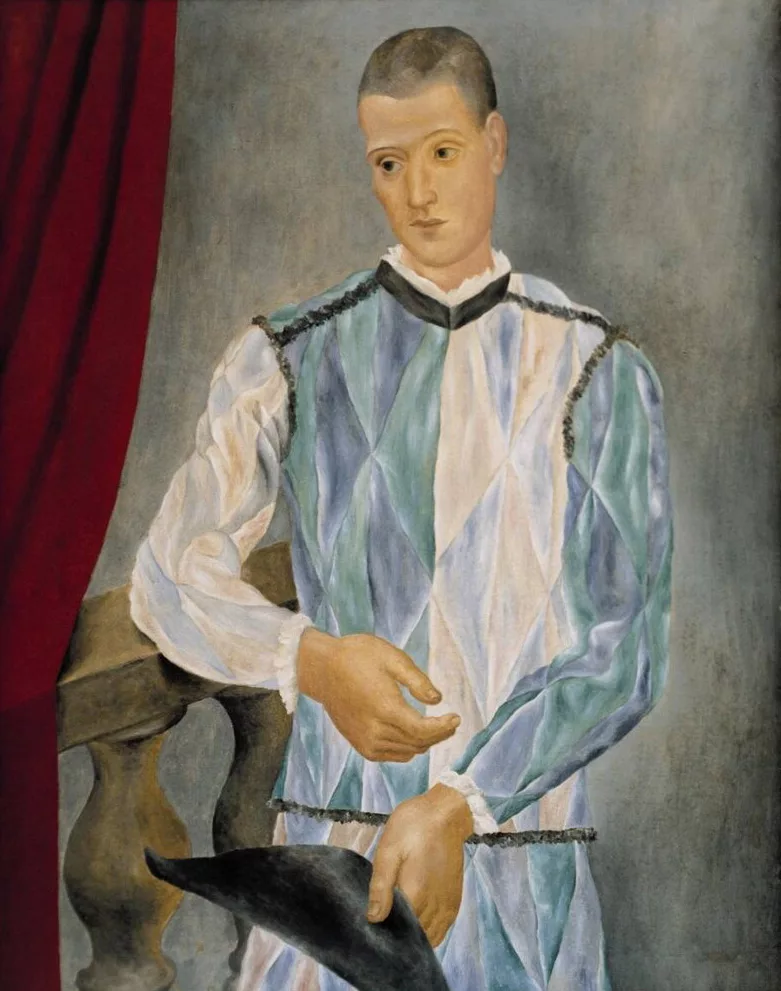

But on another level, pictorially, the figurative paintings fall more in line with the ‘anatomical votives’ of classical antiquity—statuary votives made for, and as offerings to, the divine. Compositionally, the figures by Prince, more figurine than anatomically correct body, are stoic in form with a rigidity more stone-like than fleshy and constructed as if with building blocks or Legos, legs and arms compartmentalized into solid, rectangular slabs of paint all neatly ensconced between what appears to be two pillars, two monoliths of varying color. And we are reminded yet again of what Kerouac said of the Beat culture: “it implies the feeling of having been used, of being raw. It involves a sort of nakedness of mind, and ultimately, of soul: a feeling of being reduced to the bedrock of consciousness. In short, it means being undramatically pushed up against the wall of oneself.”
Every single one of us who survived and lived through COVID were metaphorically pushed up against the wall of oneself. We were at our wits end with the rules, the dictates, the deaths, the illnesses, the mandates, the shutdowns, the requirements, the school closures. Of course Prince would paint wild, dark, bewildering and crazy eyes. And are not these figures being pushed between two walls? Are they not reduced to their simplest forms and undramatic (as opposed to the dramatic representations of the artist’s Nurse paintings)? Are these not raw and naked representations of the artist’s true self, of his soul? Prince has said, “freaks are something between a monster and a friend.” On that, we are all freaks struggling between the good and evil within, constantly walking a line of sanity and lunacy, between nothingness and paradise, in a world appearing more insane by the day, inhumane; where both kindness and wickedness hide behind the same face, behind the same thin veil of honesty. These latest paintings by Richard Prince act as stimuli for thinking outside the box, for dreaming big, for creating art with no rules or boundaries. Art elevates the mind and varnishes the soul with a magic serum, like the one laced between the pages of On The Road, and has—for millions of people around the world—proffered the countless reasons for living, for being, for seeking, for digging deep, for experiencing, for running against the wind. We are all journeying freaks on the road to ‘IT’. Prince, it seems, got there sooner than most. —Gregory de la Haba

